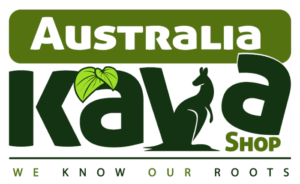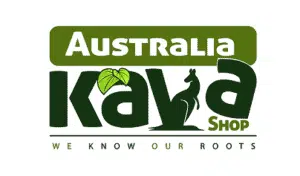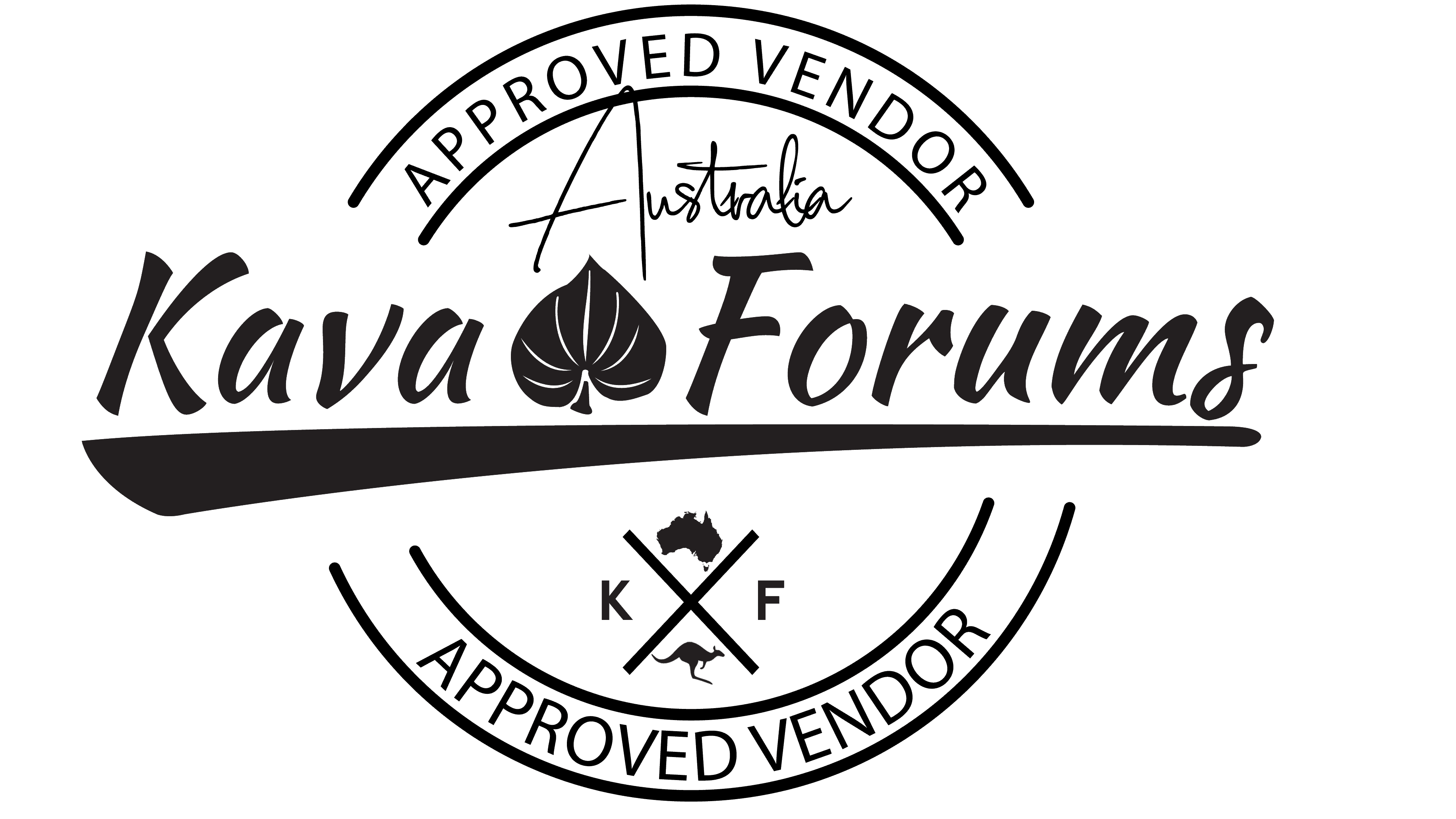Discovering Kava Preparation: A Journey Through the Pacific
Today, we’re diving into the varied Kava preparation processes found throughout the Pacific. We’ll focus on the preparation, but it’s vital to remember the rich customs, culture, and traditions behind Kava cultivation, processing, and drinking.
At Australia Kava Shop, we deeply respect these traditions from diverse Pacific countries. These countries have generously shared their Kava customs, allowing us to enjoy Kava here in Australia. Let’s get started with the birthplace of noble drinking Kava, Vanuatu, my old stomping ground.
Kava in Vanuatu: A Tradition of Strength

In Vanuatu, Kava is prepared in many ways, each with its significance. In Port Vila, the capital city, people primarily drink Kava at Kava bars. These bars are scattered throughout the city, appearing on almost every corner.
It’s estimated that up to 12 tons of Kava are processed and consumed each day. They use fresh green Kava root, which is cleaned, peeled, and minced. After mincing, it is squeezed with water to produce a potent brew.
Though this is the standard preparation method in Port Vila, the outer islands have unique processes. Let’s check out a couple of them.
Traditional Chewing Method in Tanna Island

South of the capital, on Tanna Island, one of the earliest traditional Kava preparation methods involves chewing the Kava root. Young boys chew the Kava root, and their saliva breaks down the enzymes in the root.
This method is deeply tied to Tanna’s custom and the Coming of Age ceremony. Out of respect for their customs and consent laws, we won’t show images of this process. However, I’ve tried it, and it produces a strong brew, although it might not be the healthiest choice.
Before moving on, I’d like to shout out to our old custom facilitator, Hul Nafman. He has always been a dear friend who has helped us navigate Tanna’s Kava customs over the years. Thanks, Hul!
Coral Preparation Method in Ambae Island

Moving north of the capital, on Ambae Island, another unique preparation method is used. Occasionally, Kava is prepared by wrapping Kava roots in porous coral. With only a small amount of water, the Kava root is ground using the coral and then squeezed to extract the juice.
From personal experience, the coral preparation process yields the strongest brew I’ve ever had. Big thanks to Mike and the team from First Bucket Nakamal for introducing us to this method.
Now, let’s head over to their neighbor, Fiji, and explore how they prepare their Kava.
Fijian Kava Preparation: A Social Occasion

It all starts with the hardworking farmers of Fiji who cultivate the Piper Methysticum plant, commonly known as Kava. These farmers pull up the fresh green Kava roots from the fertile soil, ensuring they select only the finest specimens. The process requires great care and knowledge, reflecting the rich cultural heritage attached to Kava production.
The Journey Begins: Harvesting the Kava Root
It all starts with the hardworking farmers of Fiji who cultivate the Piper Methysticum plant, commonly known as Kava. These farmers pull up the fresh green Kava roots from the fertile soil, ensuring they select only the finest specimens. The process requires great care and knowledge, reflecting the rich cultural heritage attached to Kava production.
Cleaning and Peeling: Preparing the Roots
Once harvested, the roots undergo a rigorous cleaning process. Farmers wash away the dirt and impurities, ensuring the root is spotless. After washing, they meticulously peel the roots to remove the outer layer, revealing the fibrous interior. Cleaning and peeling are crucial steps to ensure the Kava’s purity and quality.
With the roots clean and peeled, the next step is chopping them into smaller pieces. The chopped roots are then laid out to dry under the warm Fijian sun. This drying process can take several days, ensuring the moisture content is reduced to the perfect level for milling.
Milling into Powder: The Transformation
Once dried, the Kava roots are ready for milling. Hammer mills are employed to grind the dried roots into a fine powder. This powder is the form most commonly purchased and consumed. The milling process ensures consistency and makes it easy for consumers to enjoy Kava.
This finely milled Kava powder finds its way to markets throughout Fiji. Both locals and tourists frequent these markets to purchase the revered powder.
The Final Step - Fiji Kava Preparation
The Fiji Kava Preparation style is what we are familiar with here in Australia. This is because we can ONLY import dried kava in Australia. Here are the steps:
1️⃣ Measure: Scoop the desired amount of Kava powder (typically 1-2 tablespoons per litre of water).
2️⃣ Combine: Place the Kava powder into a straining cloth – In Fiji they use a cheese cloth.. That sits in a bowl. This bow is referred to as a Tanoa in Fiji and depending on the occasion can be very ornate.
3️⃣ Add Water: Pour cold or lukewarm water over the powder.
4️⃣ Knead: If using a bowl, knead the powder in the water for about 10.
5️⃣ Squeeze the last juice out: Use the muscles to get the last of the juice out of the straining bag.
6️⃣ Serve: Pour the filtered Kava drink into a coconut shell.
7️⃣ Respect – A quick Bula and a clap of hands and drink the kava down in one draft.
8️⃣ Enjoy: Sit around and enjoy the company of the people around you. Kava drinking in Fiji is all about taking your time and enjoying your surroundings.
Unique Micronesian Kava Preparation: The Sakau Brew
In the tiny island nation of the Federated States of Micronesia, Kava preparation is unique. They mix and blend Kava with hibiscus parts, including the flower and bark. The infusion process involves smashing the Kava root on a stone, then mixing it with hibiscus in water and straining it.
The end result is a Kava brew called “Sakau,” enjoyed at Kava bars known as “markets.” Sakau gained fame in Australia when our government sent a delegation to the Federated States of Micronesia. Former interim Prime Minister Mark McCormack drank an entire shell of Sakau during an official event. However, FSM’s custom is to sip a small amount and pass it on. His experience highlighted the strength of Sakau.
Big shout out to our friends, BT and Sophie, in the Federated States of Micronesia for providing the insight into Sakau and of course SBS and the Australian media for bringing Sakau to a wider understanding!
Australian Creativity: Modern Kava Preparation Twists

In Australia, Kava culture is very young but grounded in Fijian preparation traditions. Australians primarily import dried Kava, but they have introduced creative twists to the experience.
They mix Kava with cordial, creating unique flavors like hazelnut and French vanilla. This innovation enhances the taste and offers a modern Kava experience.
Check out some of the innovations below:
Kava Kolada
Hazelnut Coffee Syrup
Kava Cola
Conclusion
From Vanuatu’s lush islands to Australia’s innovative kitchens, Kava preparation showcases the Pacific’s rich cultural tapestry. Whether it’s Tanna Island’s traditional chewing or Ambae’s coral method, each technique is unique. Fiji’s meticulous drying and milling process stands out, as does Micronesia’s Sakau brew. Even in Australia, where Kava culture is younger, innovation thrives. By appreciating these diverse practices, we honor the community bonds and heritage of Kava.
OK – Stay tuned for our next episode. We’ll explore Kava traditions from Hawaii, Tonga, and the United States.



